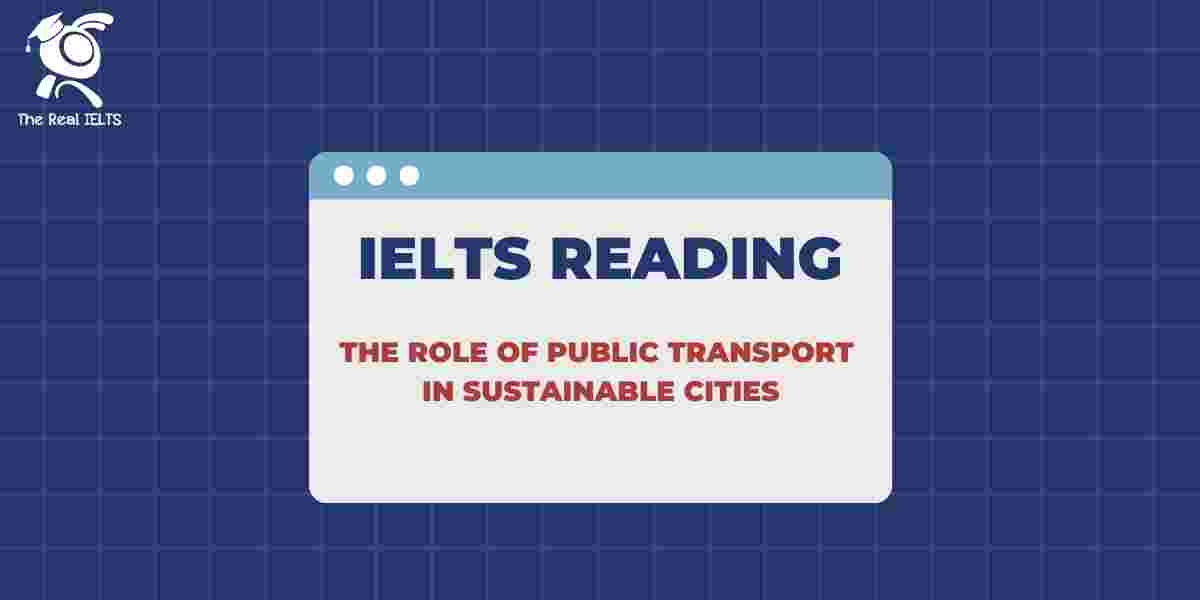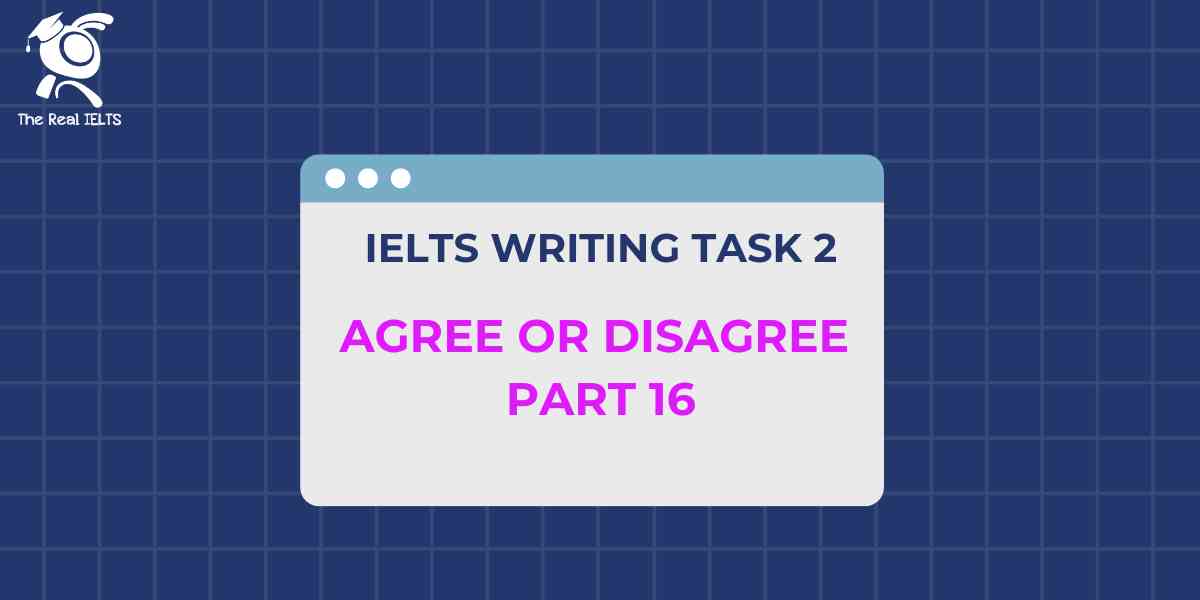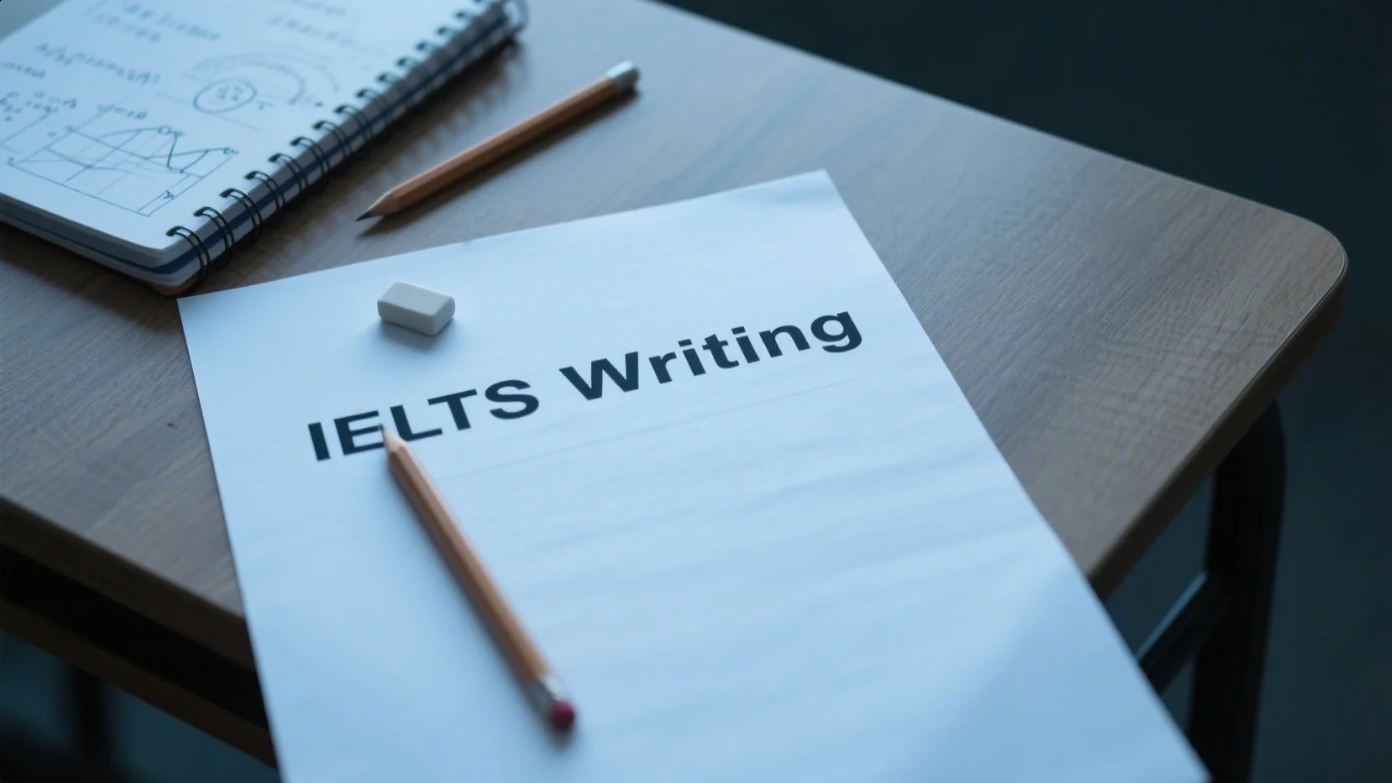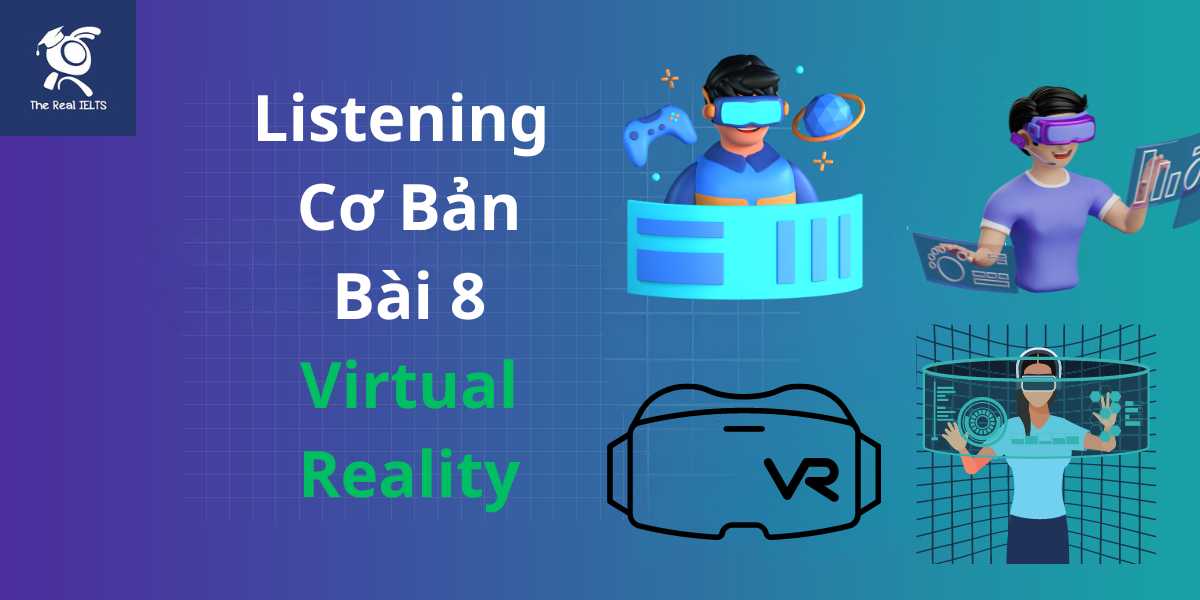Đề thi IELTS Reading có tiêu đề “The Role of Public Transport in Sustainable Cities”
Nhớ đọc thêm các bài luyện thi IELTS nhé.
IELTS Reading: “The Role of Public Transport in Sustainable Cities”
The Role of Public Transport in Sustainable Cities
Public transport plays a crucial role in the development of sustainable cities, offering numerous environmental, economic, and social benefits. As urban areas continue to expand, the demand for efficient and sustainable transportation solutions has become more pressing. Public transport systems, including buses, trams, subways, and trains, provide an effective way to address the challenges of urban mobility, reduce carbon emissions, and enhance the overall quality of life in cities.
One of the primary advantages of public transport is its ability to reduce traffic congestion. In many cities, the overreliance on private vehicles has led to severe traffic jams, particularly during peak hours. This not only causes frustration for commuters but also contributes to increased air pollution and fuel consumption. By providing a viable alternative to private car use, public transport can help alleviate these issues. Buses and trains, for instance, can carry a large number of passengers at once, thereby reducing the number of vehicles on the road and easing traffic flow. Moreover, public transport systems are often designed to operate on dedicated lanes or tracks, further minimizing delays and ensuring a more reliable and efficient service.
In addition to reducing traffic congestion, public transport also plays a significant role in lowering greenhouse gas emissions. Transportation is one of the largest contributors to carbon dioxide emissions, a major factor in climate change. Private vehicles, particularly those powered by fossil fuels, are responsible for a substantial portion of these emissions. Public transport, on the other hand, is generally more energy-efficient and produces fewer emissions per passenger kilometer. Electric buses, trams, and trains, for example, produce little to no direct emissions, making them a more sustainable option compared to traditional vehicles. By encouraging the use of public transport, cities can reduce their carbon footprint and contribute to global efforts to combat climate change.
Another key benefit of public transport is its potential to promote social inclusion and equity. In many urban areas, access to transportation is a critical factor in determining residents’ ability to participate in economic and social activities. Those without access to a private vehicle, such as low-income individuals, the elderly, and people with disabilities, often face significant barriers to mobility. Public transport provides an affordable and accessible means of transportation for these groups, enabling them to access jobs, education, healthcare, and other essential services. Furthermore, well-designed public transport systems can help reduce spatial inequality by connecting underserved neighborhoods with the rest of the city, fostering greater social cohesion and economic opportunities.
Economic benefits are also associated with public transport systems. Investing in public transportation infrastructure can create jobs, stimulate economic growth, and enhance the competitiveness of cities. Construction and maintenance of transit systems require a skilled workforce, leading to job creation in the construction, engineering, and manufacturing sectors. Additionally, public transport can attract businesses and investments by improving access to commercial areas and reducing transportation costs for both workers and companies. Efficient public transport networks can also boost tourism by making cities more accessible to visitors, further contributing to the local economy.
Moreover, public transport can enhance the quality of urban life by promoting healthier lifestyles. Commuters who use public transport are more likely to incorporate physical activity into their daily routines, such as walking or cycling to and from transit stations. This can lead to improved public health outcomes, including reduced rates of obesity, heart disease, and other chronic conditions. Additionally, public transport can contribute to a more pleasant urban environment by reducing noise pollution and the need for extensive parking facilities, which often consume valuable urban space.
Despite its numerous benefits, the successful implementation of public transport systems in cities faces several challenges. One of the primary obstacles is the need for significant financial investment in infrastructure and maintenance. Building and operating public transport systems can be costly, and many cities, particularly in developing countries, struggle to secure the necessary funding. Furthermore, public transport systems must be well-designed and integrated with other modes of transportation to be effective. This requires careful planning and coordination between various stakeholders, including government agencies, private companies, and the public.
Public perception and behavior also play a crucial role in the success of public transport systems. In many cities, there is a cultural preference for private car use, which can hinder the adoption of public transport. To overcome this, cities need to promote the benefits of public transport and implement policies that encourage its use. For example, cities can introduce congestion charges, reduce parking availability, and provide incentives for using public transport, such as subsidized fares or improved services.
In conclusion, public transport is an essential component of sustainable urban development. By reducing traffic congestion, lowering emissions, promoting social inclusion, and stimulating economic growth, public transport systems can help cities become more sustainable, livable, and resilient. However, realizing these benefits requires substantial investment, effective planning, and a shift in public attitudes towards transportation. As cities around the world continue to grow, the role of public transport in achieving sustainability will become increasingly important, making it a priority for policymakers, urban planners, and communities alike.
Đề bài thi IELTS Reading
Multiple Choice
- What is one of the primary benefits of public transport mentioned in the passage?
- A. Reducing the cost of building roads
- B. Lowering traffic congestion
- C. Promoting the use of private vehicles
- D. Increasing the need for parking spaces
- Public transport contributes to lower greenhouse gas emissions because:
- A. It operates mainly on renewable energy.
- B. It reduces the number of vehicles on the road.
- C. It completely eliminates the use of fossil fuels.
- D. It is used less frequently than private vehicles.
- Which of the following is a social benefit of public transport?
- A. Increasing traffic congestion
- B. Enhancing social inclusion
- C. Promoting car ownership
- D. Reducing the cost of living
- Investing in public transport infrastructure can lead to:
- A. A decrease in job opportunities.
- B. A reduction in economic growth.
- C. An increase in air pollution.
- D. Job creation and economic growth.
- The passage suggests that public transport systems in cities often face challenges due to:
- A. Lack of public interest.
- B. Insufficient financial investment.
- C. Overuse of private vehicles.
- D. High levels of traffic congestion.
- Which of the following is NOT mentioned as a way to promote public transport use?
- A. Introducing congestion charges
- B. Reducing parking availability
- C. Offering free bicycles
- D. Providing subsidized fares
- The passage mentions that public transport can contribute to public health by:
- A. Reducing noise pollution.
- B. Promoting physical activity.
- C. Eliminating air pollution.
- D. Increasing car ownership.
True/False/Not Given
- Public transport is more efficient in terms of energy use compared to private vehicles.
- True
- False
- Not Given
- The passage states that public transport systems are always cheaper to operate than private vehicle use.
- True
- False
- Not Given
- Public transport systems have a positive impact on tourism in cities.
- True
- False
- Not Given
- The passage claims that all public transport systems run on electric power.
- True
- False
- Not Given
- Public transport is especially beneficial for low-income individuals and those without access to private vehicles.
- True
- False
- Not Given
Yes/No/Not Given
- The author believes that public transport is essential for sustainable urban development.
- Yes
- No
- Not Given
- The author suggests that public transport is more important in developed countries than in developing countries.
- Yes
- No
- Not Given
- The author is confident that all cities will adopt public transport systems in the near future.
- Yes
- No
- Not Given
Matching Headings
Match the following headings to the appropriate paragraphs.
- Benefits of Public Transport for Urban Health
- Challenges in Implementing Public Transport
- Economic Advantages of Public Transport
- Environmental Impact of Public Transport
- Social Inclusion through Public Transport
Sentence Completion
Complete the following sentences using information from the passage.
- Public transport systems can help reduce traffic congestion by ___________.
- One of the environmental benefits of public transport is that it ___________.
- Public transport provides accessible transportation options for ___________.
- Investing in public transport infrastructure can lead to economic growth by ___________.
- Cities can promote the use of public transport by introducing ___________.
Short Answer Questions
- What is one reason for increased traffic congestion in urban areas?
- How does public transport contribute to reducing greenhouse gas emissions?
- Why is public transport important for low-income individuals?
- What kind of health benefits can public transport provide to commuters?
- How can public transport improve social cohesion in cities?
Matching Information
Match the following statements with the correct section of the passage (A, B, C, etc.).
- The reduction in air pollution due to fewer vehicles on the road.
- The role of public transport in job creation and economic development.
- Public transport’s contribution to social inclusion and equity.
- The challenges of funding public transport infrastructure.
- Public transport’s impact on promoting healthier lifestyles.
Matching Sentence Endings
Match the beginning of each sentence with the correct ending.
- Public transport can lower traffic congestion because it…
- A. creates jobs in urban areas.
- B. encourages walking and cycling.
- C. reduces the number of cars on the road.
- D. requires less investment than private transport.
- The environmental benefits of public transport include…
- A. increased accessibility for low-income groups.
- B. lower greenhouse gas emissions.
- C. reduced reliance on fossil fuels.
- D. the creation of more parking spaces.
- Public transport systems need to be well-designed to…
- A. prevent air pollution.
- B. minimize traffic jams.
- C. integrate with other modes of transport.
- D. reduce transportation costs for companies.
- Investing in public transport infrastructure…
- A. contributes to global efforts against climate change.
- B. can be expensive but creates economic growth.
- C. reduces the need for public services.
- D. decreases public reliance on private cars.
Diagram Label Completion
- Label the diagram showing the relationship between public transport and sustainable cities with the following labels:
- Traffic Congestion Reduction
- Social Inclusion
- Economic Growth
- Environmental Benefits
Đáp án bài thi IELTS Reading
Multiple Choice
- B. Lowering traffic congestion
- B. It reduces the number of vehicles on the road.
- B. Enhancing social inclusion
- D. Job creation and economic growth.
- B. Insufficient financial investment.
- C. Offering free bicycles
- B. Promoting physical activity.
True/False/Not Given
- True
- Not Given
- True
- False
- True
Yes/No/Not Given
- Yes
- Not Given
- No
Matching Headings
- E. Benefits of Public Transport for Urban Health
- D. Challenges in Implementing Public Transport
- C. Economic Advantages of Public Transport
- B. Environmental Impact of Public Transport
- A. Social Inclusion through Public Transport
Sentence Completion
- …carrying a large number of passengers at once.
- …produces fewer emissions per passenger kilometer.
- …low-income individuals and people without private vehicles.
- …creating jobs and attracting businesses.
- …introducing congestion charges or subsidized fares.
Short Answer Questions
- Overreliance on private vehicles
- It produces fewer emissions per passenger kilometer.
- It provides an affordable and accessible means of transportation.
- It encourages walking or cycling to and from transit stations.
- By connecting underserved neighborhoods with the rest of the city
Matching Information
- B
- C
- A
- D
- E
Matching Sentence Endings
- C. reduces the number of cars on the road.
- B. lower greenhouse gas emissions.
- C. integrate with other modes of transport.
- B. can be expensive but creates economic growth.
Diagram Label Completion
- Traffic Congestion Reduction (Buses and trains carrying many passengers)
- Social Inclusion (Accessible transportation for all)
- Economic Growth (Job creation and attracting businesses)
- Environmental Benefits (Lower emissions and reduced reliance on fossil fuels)
Luyện tập bài khác ở bài viết:”100 bài luyện IELTS Reading 2024 – 2025“















